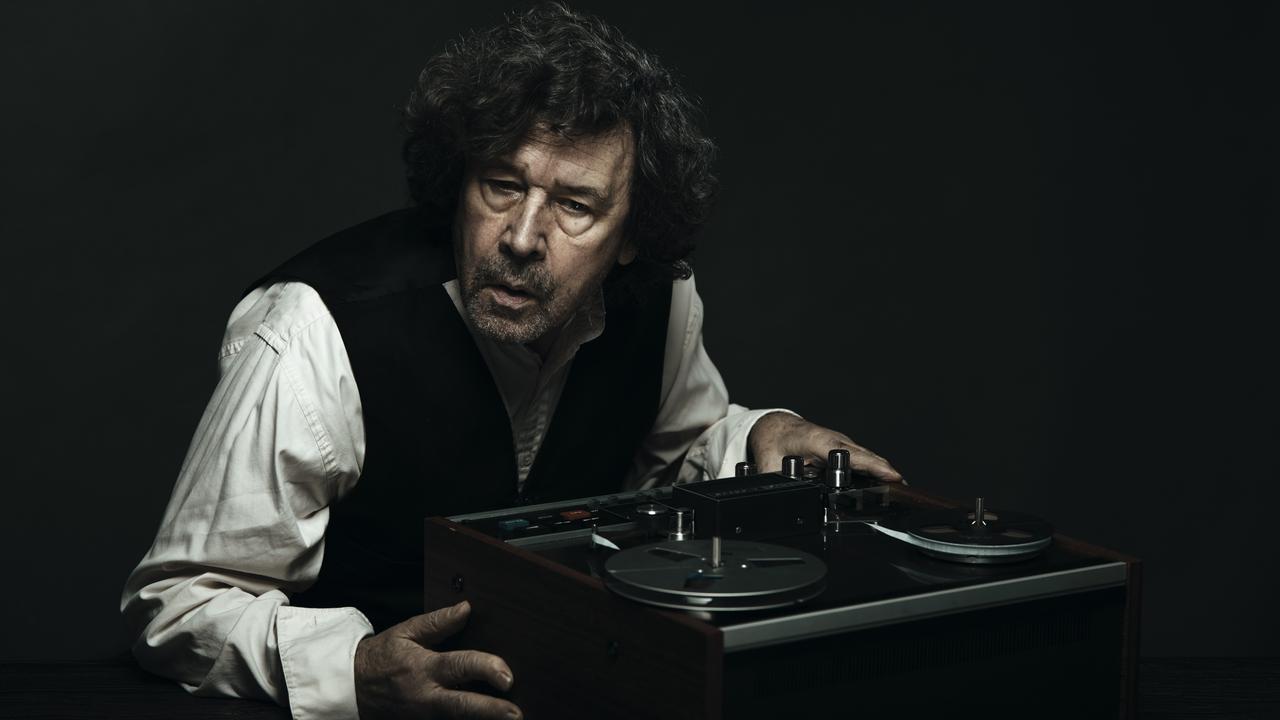Heir to a lost visual language
Hugh Ramsay practised a tradition that predated the modernist fracturing of painting styles.
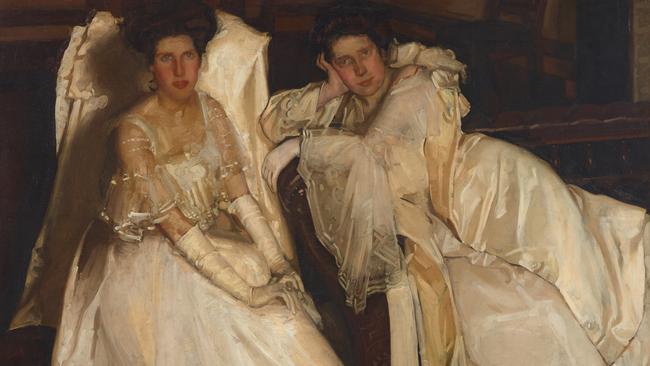
The National Gallery has two large summer exhibitions, one of which is Matisse & Picasso, reviewed in these pages last week, the other a survey of Hugh Ramsay (1877-1906), a brilliant young Australian artist who died at the age of 28, leaving behind a small but remarkable corpus of work that clearly demonstrates his exceptional talent but at the same time forces us to wonder how that talent would have developed had the artist lived on, like other contemporaries, into the middle of the 20th century.
Both these exhibitions also raise questions about how gallery visitors today look at work.
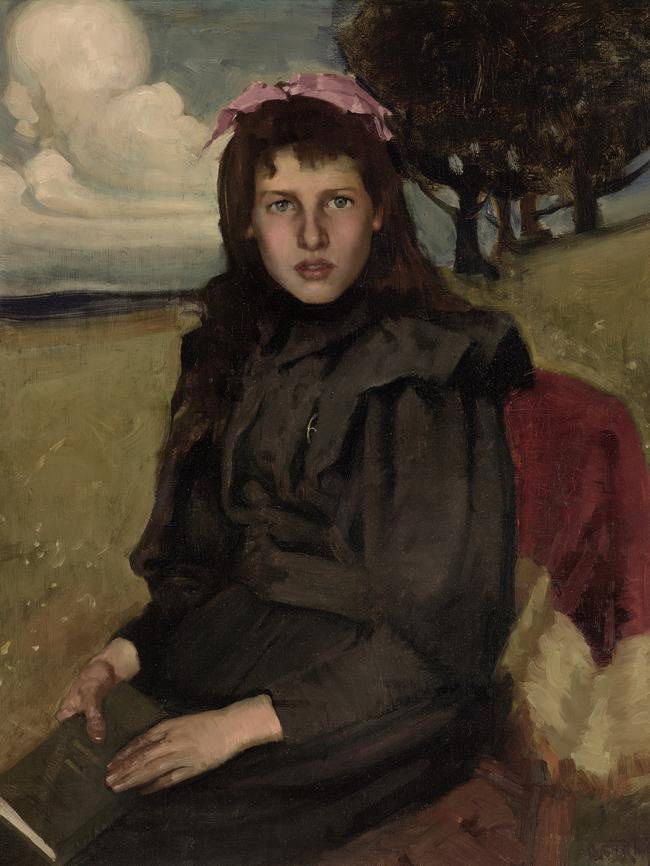
There is a lot to see in Matisse & Picasso, but it is variable in quality and in kind, and it is hard to appreciate the interest of the painterly developments without having a relatively sophisticated knowledge of art history, as well as some familiarity with printmaking techniques and a range of literary and mythological subject matter.
The general approach, as so often in trying to present art to the broader public, is to emphasise formalistic and decorative qualities — which suits the many decorative drawings and prints by Matisse — together with the assertion that such qualities represent those elusive modernist myths of innovation and the revolt against conventions, slogans repeated long after anyone has any idea what conventions are being referred to.
But if it is something of a mystery what most gallery visitors get out of an exhibition such as this, it is even more doubtful that many can appreciate the work of Ramsay, for this is really an exhibition about drawing and painting. There is a deeply human story charged with muted pathos behind it, but nothing like the drama of Picasso’s life, with his unbounded energy, succession of mistresses and dramatic changes of style.
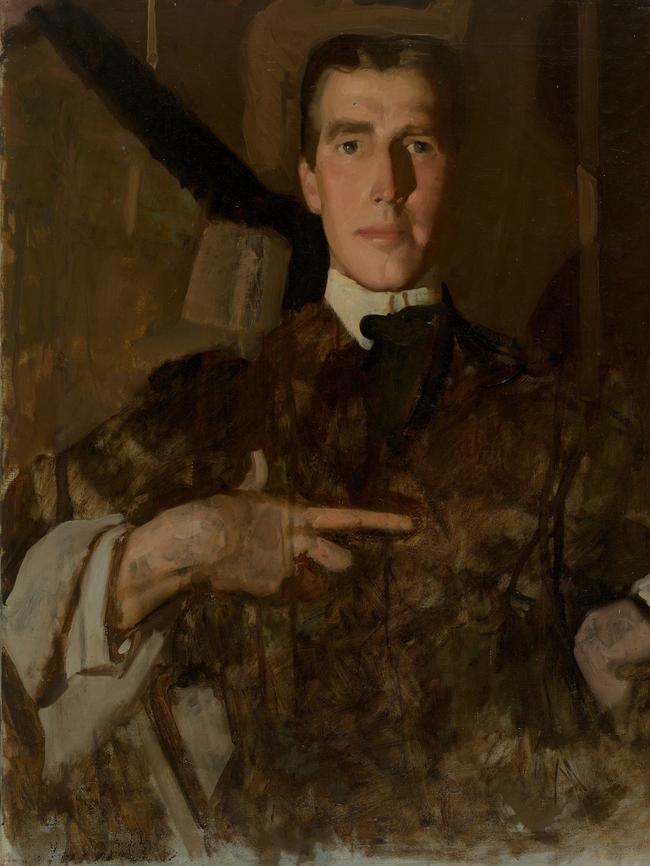
The exhibition itself is a comprehensive one and, together with its thorough catalogue, makes a significant contribution to our understanding of the history of Australian art. But although this is the better curated and more important of the two shows, the fact it is free and unticketed inevitably diminishes its status in the eyes of unsophisticated visitors.
Ramsay’s work is modest yet impressive in its mastery, but it takes time and patience to look at pictures such as these. Most of all it demands a kind of visual literacy that seems to have become rare today, presumably because people simply don’t spend as much time looking at paintings or attach as much importance to them. This is not because you have to be an art historian or a critic to appreciate painting. Lay people are generally able to discern good from bad in fields that concern and interest them: lovers of music, for example, mostly agree on whether the performance of a jazz, classical or rock group was good, depending on their own interest in and experience of the genre. In the Renaissance, too, it is clear from the documents of the time that the work of the leading artists was widely appreciated, and not merely by a class of cognoscenti.
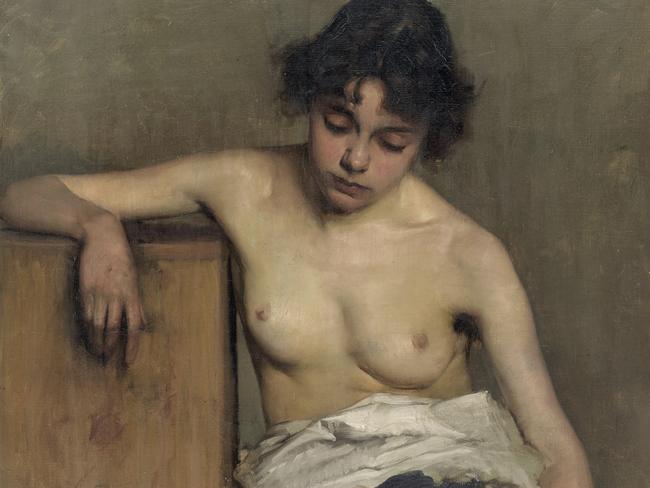
Painting had a central role in the culture of the early modern period, even if somewhat less so in Protestant regions after the Reformation, as a crucial medium for the definition and expression of shared values, especially in the field of religion, but also in the political and social worlds — where it could be enlisted to celebrate the authority of the state — and increasingly also for philosophical or poetic meditation, through mythological and landscape subjects respectively.
This meant that people were in effect constantly looking at paintings, as well as sculptures, prints and images in other media. When everyone is looking at pictures and everyone is interested in what they represent, they develop an ability to judge and to discriminate between better and worse performance, as we still see today with music. So what has happened in the past century or two to compromise our capacity to see and to judge paintings?
Profound social, cultural and political changes undermined many of the religious and political beliefs that underpinned the early modern culture of art. But in the past 1½ centuries one increasingly important factor clearly has been the rise of photography, which has gradually made the art of the painter, in a purely practical way, less central to the sharing of ideas and values within society than it once was.
Faced with the challenge of photography, painting reacted in several ways: the academic realists, in the second half of the 19th century, resorted to elaborate and hyper-naturalistic images that easily outdid contemporary photography in vividness. The impressionists pursued an alternative kind of optical naturalism; then, from post-impressionism onwards, painters began arguing that they were seeking a deeper truth beyond the literal reality recorded by photography.
But modern painting was caught in a kind of pincer movement: on the one hand, its utilitarian relevance was diminishing with the steady progress of photography, so that the mass of the population quite simply spent less time looking at paintings; at the same time, the flurry of different modernist styles, with their various claims to truth, was too diverse and too oblique in relation to visual experience for lay people to understand them readily, especially lay people who were looking at art less anyway. So in the end, when modernist painting was not dismissed, it came to be understood as a series of styles with a certain look: that is, it was seen from the outside, not inside, as formalist play rather than as meaning.
Ramsay’s precocious talent was apparent to all from a very early age because he was still working in a tradition that predated the modernist fracturing of styles. He was heir to a mainstream 19th-century manner updated by modern realists such as Manet and Courbet and their successors at the turn of the century, Whistler and Sargent. And he lived in the last generation in which artists practised, and audiences learned to read, a visual language that was mutually intelligible, and capable of being appreciated and assessed by a lay audience.
More than a century later, that language is at the very least unfamiliar to most people; it is common to find that ordinary intelligent people cannot see the difference between a picture that is well painted and another that is facile or gimmicky; or between the true daring of painterly improvisation and gratuitous daubing.
Most gallery-goers today are ill-equipped to understand Ramsay’s work, yet these pictures will reward close attention. The qualities that most strike us in Ramsay’s work are his capacity for attention, together with his ability to discriminate between important and unimportant visual information. Less talented artists and amateurs characteristically fail to see what is important and lose themselves in what is inconsequential or merely adventitious.
Ramsay’s extraordinary gift for picking out the important information from the shapeless continuum of visual experience is nowhere more strikingly illustrated than in a tiny sketchbook, open to a page filled with minute but vivid portrait thumbnails, alternating with sketches of still-life objects, all seen with the same precise yet fluent analytical focus.
His early academic drawings are admirable, too, and here it is worth looking closely to see how he has captured details that most people would not even notice, like the faint reflected light that defines the jawline of a head, which otherwise would disappear into undifferentiated shadow. His oil studies of academic models are also remarkable, especially when you realise that he was only a teenager when he painted them: both the formal qualities of the figure painting and the subtle, discreet sensitivity to the character of the sitters seem the work of someone much more mature than 16 or 17 years old.
Ramsay initially studied at the National Gallery School before sailing to Europe in 1900, coincidentally on the same ship as George Lambert, and the two became close friends, each painting several portraits of the other. Ramsay flourished in Paris, although many of his early pictures are self-portraits or pictures of his close friends. His ability was recognised when four of his pictures were accepted for the Salon — a number almost unheard-of for a new arrival.
Soon after his arrival in Paris, however, Ramsay began to suffer from tuberculosis, and by 1902 he was obliged to return to Melbourne, where he would be faithfully nursed by his sisters until his death in 1906. His failing health put an end to more ambitious projects and the return to the family imbued the work of his last years with an intimate yet melancholy and inward-turning quality. His most memorable pictures, apart from one very big, impressive and unusual portrait of his doctor’s son with a life-size horse, are portraits of his sisters, especially of Madge and Jessie, whom he had first painted as a little girl and who tragically would succumb to tuberculosis a few years after her brother.
All of these pictures convey the evident love of the artist for his sitters, and at the same time the love, concern and anxiety of the girls for their older brother. The most famous of all is the double portrait of two of his sisters: the subjects were originally meant to be Madge and Jessie, but when Jessie was unable to sit, their older sister Nell took her place. It is a remarkable double portrait that acquires something of the mystery of an oblique self-portrait as both sitters are looking at and entirely concerned with the artist.
The tragic sense of family intimacy, eclipsing any romantic life, has something of the layered moral complexity of the novels of Henry James, set in the same historical and cultural period. In a sense Ramsay’s work is fixed in this sophisticated yet remote pre-war Edwardian world, and his own development, for all his extraordinary gifts, was turned in on itself by the illness of his last years. He did not have the opportunity to grow beyond this introverted world, even though the intensity of his pictures is derived from that introversion.
And we will never know what directions he might have taken and what else he could have contributed to Australian art if he had only had the opportunity to live through the subsequent four or five decades of the 20th century.
Hugh Ramsay
National Gallery of Australia, Canberra, to March 29


